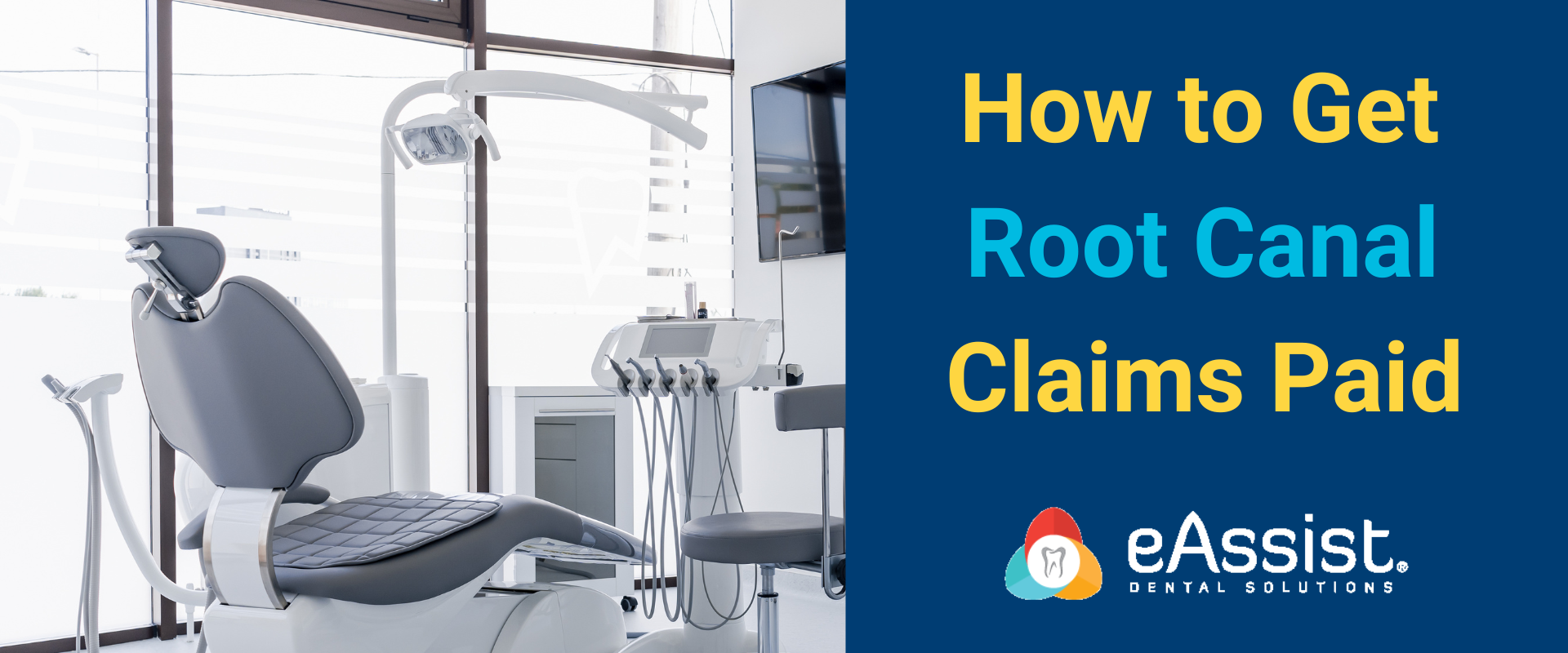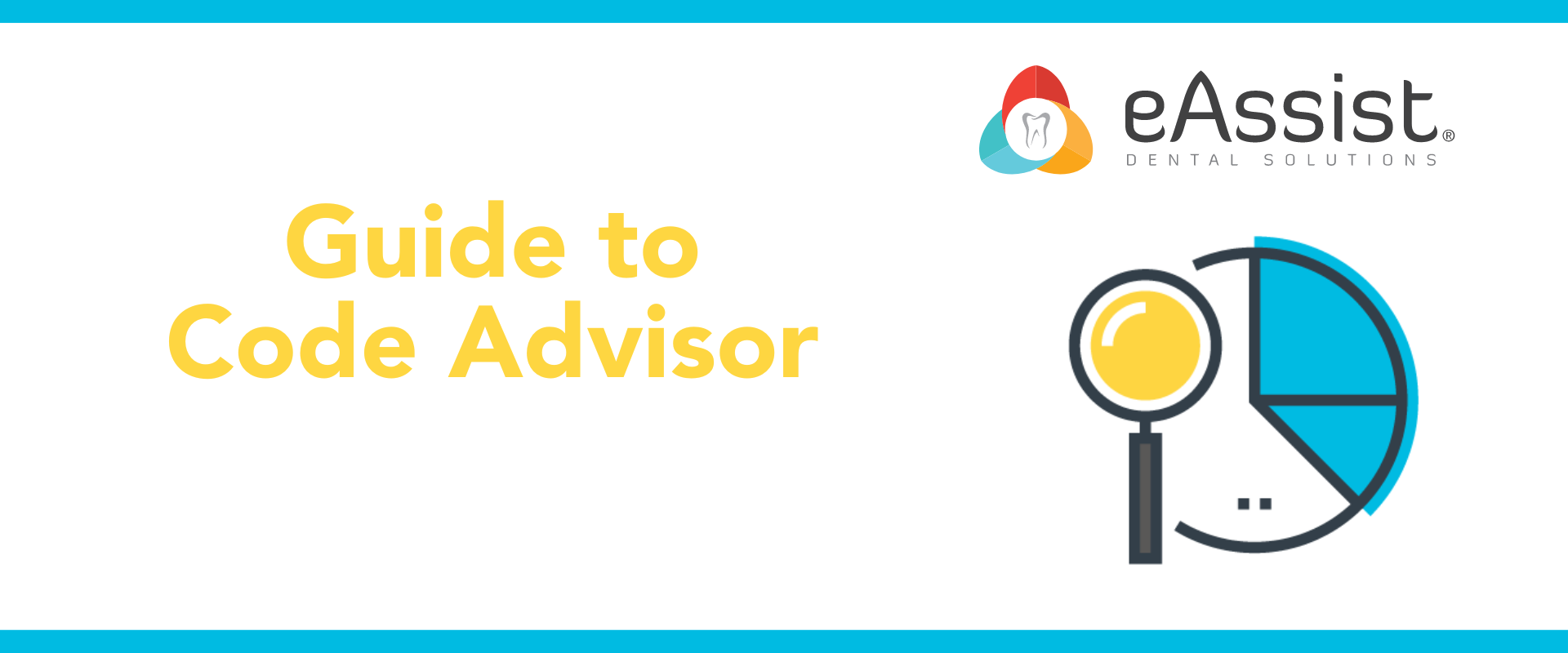The term “root canal” often strikes fear in the hearts of dental patients and, If we’re being honest, dental billers, too. Any time a detailed treatment is billed, especially one potentially involving a specialist, there’s a certain amount of stress involved. Though there’s a lot to remember, there’s no reason to fear root canal billing as it can be a breeze once you’ve learned how to correctly complete a claim. Here are some tips on the correct steps to get your root canal claims paid.
Pre-authorizations and Referrals
Before beginning root canal treatment, it’s always best to review the patient’s insurance plan requirements. If they have an HMO plan, and the root canal requires an endodontist, it will require a referral. Make sure the referral form is accurately completed and, when billing, attach it to the dental claim. Other plans, especially active military, and Medicare, require root canal treatment, especially when treated by an endodontist, to be pre-authorized. For these plans, be sure to submit the required forms ahead of time in order for the treatment to be pre-approved prior to the appointment.
X-rays
Root canals should never be billed without x-rays to support the treatment completed and it’s best to include at least three periapical x-rays with each claim. The first, a pre-treatment x-ray, must show the entire root of the tooth and the area of infection. The second, an in-treatment x-ray, should show the treatment in progress with the cleaning file in place. The final post-treatment x-ray will need to show the finished tooth with the pulp removed and filling in place. The insurance may cover the claim with only the pre and post-treatment x-rays attached, but it’s best to send all three. On the other hand, if the canal was obstructed, an additional in-treatment x-ray will need to be added showing the calcification of the root canal.

Clinical Narratives
While x-rays are essential for billing root canals, a detailed narrative is also important. Always be sure to thoroughly explain why the root canal was necessary and specify the exact treatment completed. With root canals, various factors may require additional information. If the treatment required more than one date of service be sure to state when it was started and when it was completed. If the canal was obstructed, add the percentage of the root that was calcified (for example, calcification of 30% of the length of the root). If it was a re-treatment, be sure to include the date of prior treatment (at least month and year) and explain why the tooth was re-treated. For an incomplete treatment, explain why the procedure was stopped. Root canal narratives don’t need to be lengthy but they do need to be specific.
CDT Codes
When coding root canals, the most important factor to consider is the tooth’s location in the mouth, as there are different CDT codes for anterior teeth, bicuspid, and molars. Always double-check that the code billed matches the correct tooth type. In addition, several factors can alter the initial treatment plan which will require an updated treatment code. If an obstruction was discovered or the root canal couldn’t be completed be sure to use the correct code that applies. Even though it’s just one endodontic procedure there are several CDT code options, so be sure to choose the right one.

Crowns
Once a root canal is completed, a restoration will need to be placed on the tooth, and, often, this will be a crown. When billing both a crown and a root canal there are certain steps to consider. Most insurance plans base crown payment on the seat date rather than the prep date, so don’t bill it until after the root canal has been completed and include the prep, root canal, and seat date on the claim. Crowns are often billed with bitewing x-rays, but, when a root canal has been done, it’s best to include a periapical x-ray of the entire root of the tooth showing the completed root canal treatment. When the root canal and crown are completed by the same doctor they can both be billed on the same claim form but when the root canal is completed by a specialist, the procedures need to be billed separately. Crowns and root canals often go hand in hand and it’s best to cover all your bases to ensure both get paid.
Although root canals are pretty straightforward, there are a lot of steps required for their insurance claims to be paid. Consider outsourcing your dental billing to help with all the details root canals require. At eAssist, the Success Consultants who use our platform are happy to bill your claims thoroughly and accurately to get them paid. To find out more, complete the form below.








0 Comments